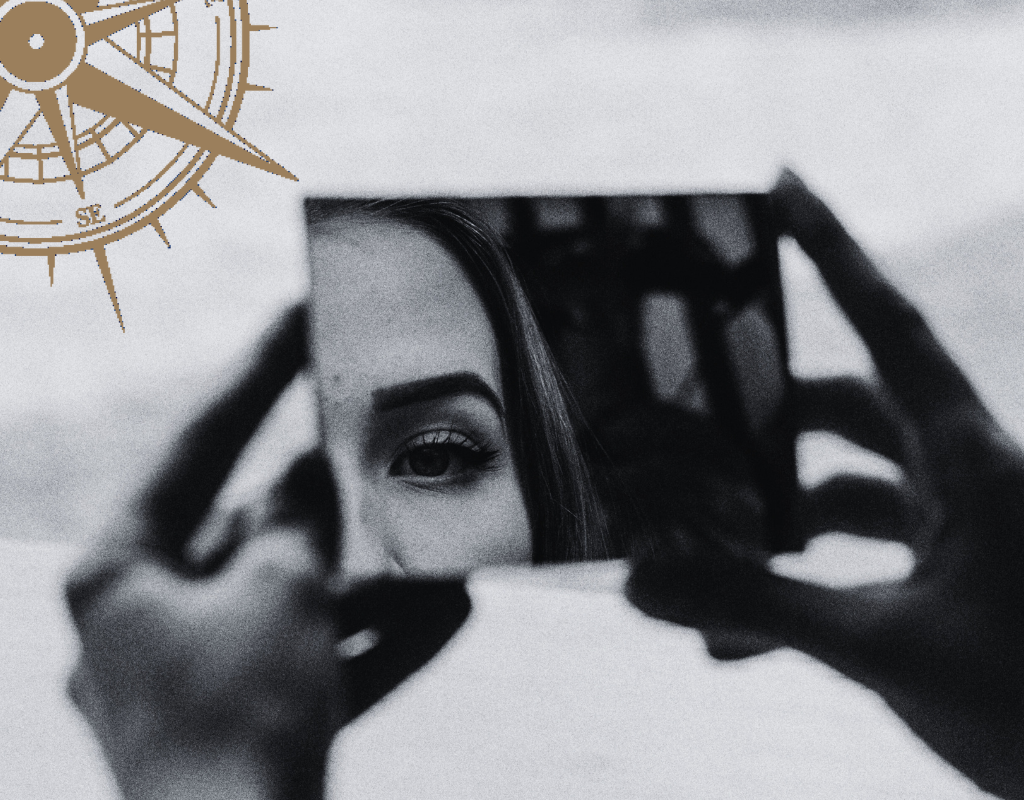I was at the shops with Bonnie over the weekend when she picked up a Barbie doll. She was engrossed, putting its shoes back on and playing with it in the store. As I watched her, I couldn’t help but think about the beauty standards and body image ideals she was being exposed to.
Grow Yourself To Grow Your Business
Smash through growth ceilings,
again and again to new heights
in business, leadership and life.
I thought it would be fun to do some research on body image and its impact on self. Maybe it can have you pondering what era influenced your parents and you and which era is influencing your kids or clients now. And to be aware of a bigger perspective on someone’s healing journey.
Let’s go down the rabbit hole.
Barbie, the iconic doll that has graced toy shelves since the late 1950s, has long been a staple of children’s playtime and imagination. However, the doll has also faced criticism for promoting unrealistic body standards through its design.
If Barbie were a real woman, her proportions would render her unable to hold her head up, walk upright, or perform everyday tasks. Here are some stark contrasts between a life-sized Barbie and the average Australian woman:
- Head circumference: Barbie – 22 inches, Average – 22 inches
- Neck circumference: Barbie – 9 inches, Average – 12 inches (who even measures this!)
- Bust: Barbie – 32 inches, Average – 35 inches
- Wrist circumference: Barbie – 3.5 inches, Average – 6 inches
- Waist: Barbie – 16 inches, Average – 34 inches
- Hips: Barbie – 29 inches, Average – 40 inches
After doing some research, Mattel, the makers of Barbie, have made changes to Barbie’s body, introducing a range of dolls with more diverse body shapes, including “petite,” “tall,” and “curvy” models to better reflect real women’s bodies.
It made me wonder how our standards of beauty have changed. So let’s see.
1900s-1920s: The Gibson Girl AKA TALL HOURGLASS
Ideal: The “Gibson Girl” was tall and statuesque, with a cinched waist, ample bosom, and full hips. This look was both independent and feminine.
Challenge: Women of this era faced the pressure to maintain an hourglass figure, which often required tight corseting (which has tried to make a resurgence again). The emphasis on a perfect, unattainable body, I am sure, leads to body image issues and, let’s face it, the discomfort with the physical constraints of corsets (how can one eat!).
1930s-1950s: Hollywood Glamour AKA CURVEY HOURGLASS
Ideal: The Great Depression and World War II shifted beauty ideals to a more practical yet glamorous look, embodied by Hollywood stars like Marilyn Monroe and Rita Hayworth, who celebrated fuller figures.
Challenge: The expectation to look glamorous and voluptuous at all times could lead to insecurities among women who did not naturally fit this mould. The emphasis on a perfect, glamorous appearance in everyday life was unrealistic and could foster feelings of inadequacy.
1960s-1980s: Twiggy and the Supermodel Era AKA SUPER SKINNY TALL
Ideal: The 1960s introduced super-slim models like Twiggy, emphasising youth and slenderness. By the 1980s, the ideal shifted to athletic and toned bodies, personified by supermodels like Cindy Crawford and Naomi Campbell.
Challenge: The change to a thin, almost androgynous look in the 1960s and later to an athletic build created significant pressure to conform to these beauty ideals. I know for me, growing up with super skinning was my ‘norm’, and I know many people (male and female) who have struggled with their weight and image.
1990s-2000s: Heroin Chic to Healthy Bodies AKA HEROIN LOOK
Ideal: The 1990s brought the controversial “heroin chic” look, characterised by waifish, androgynous figures like Kate Moss. The 2000s then shifted towards a healthier, more athletic body type, influenced by icons like Jennifer Lopez and Beyoncé.
Challenge: The “heroin chic” looks glamorised extremely thin and unhealthy appearances, which could lead to or exacerbate eating disorders and body dysmorphia. The shift to a healthier, more athletic look has shifted, but that still has pressure on women to achieve a specific type of physical fitness and curves (a big butt), which could be unattainable for some.
2010s-Present: Body Diversity AKA EVERY SHAPE
Ideal: The body movement advocates for acceptance of all body types. Brands and media have started to feature diverse models, challenging traditional beauty norms and promoting self-love and inclusivity.
Challenge: While the body movement has made significant strides, it also faces backlash and slow societal change. People may still struggle with deeply ingrained beauty standards and find it challenging to fully embrace diverse body types.
Even though there is more diversity in what beauty is, the images are edited or filtered and are not realistic.
What’s next? I don’t know, but what I do know is that we might want to spend time shifting the influence that society has on you or our clients on what is ideal.
Love the body you’re in because it is where your soul lives.
And this is the perfect body for your mission,
Tanya x
Leadership Coach & Master Certified Demartini Method Facilitator
BAppSoSc (Counselling)
